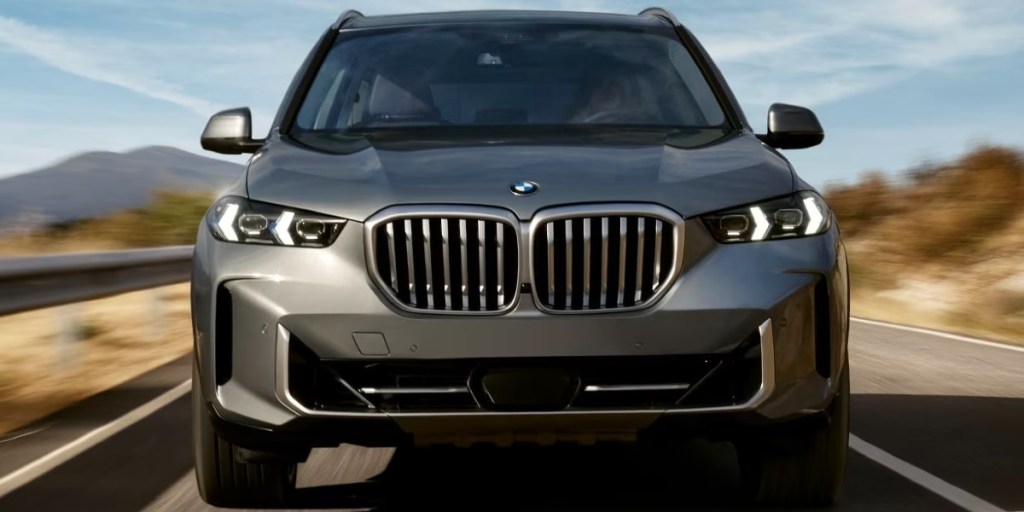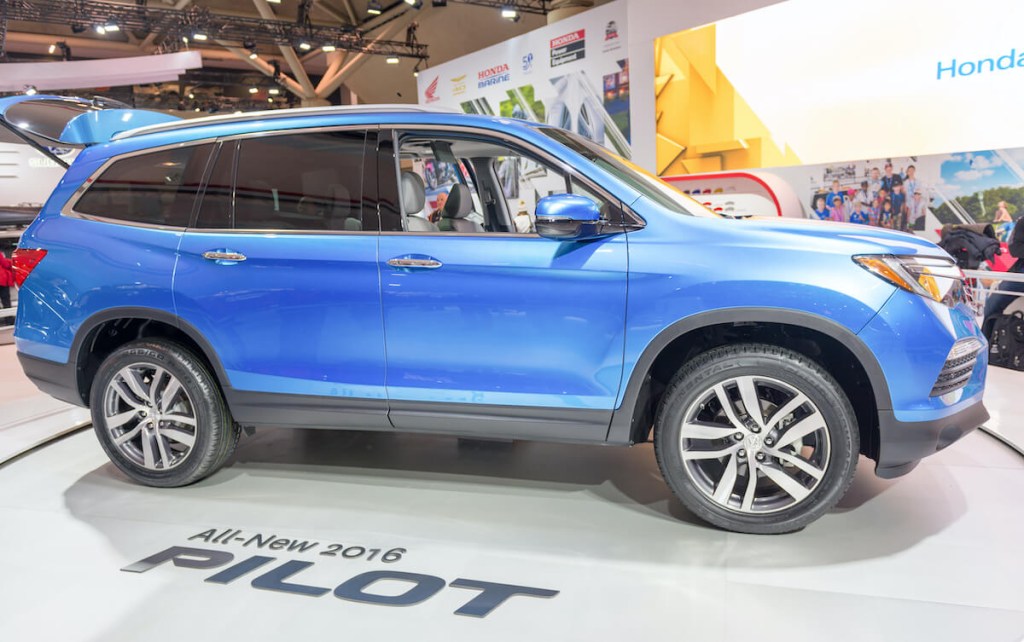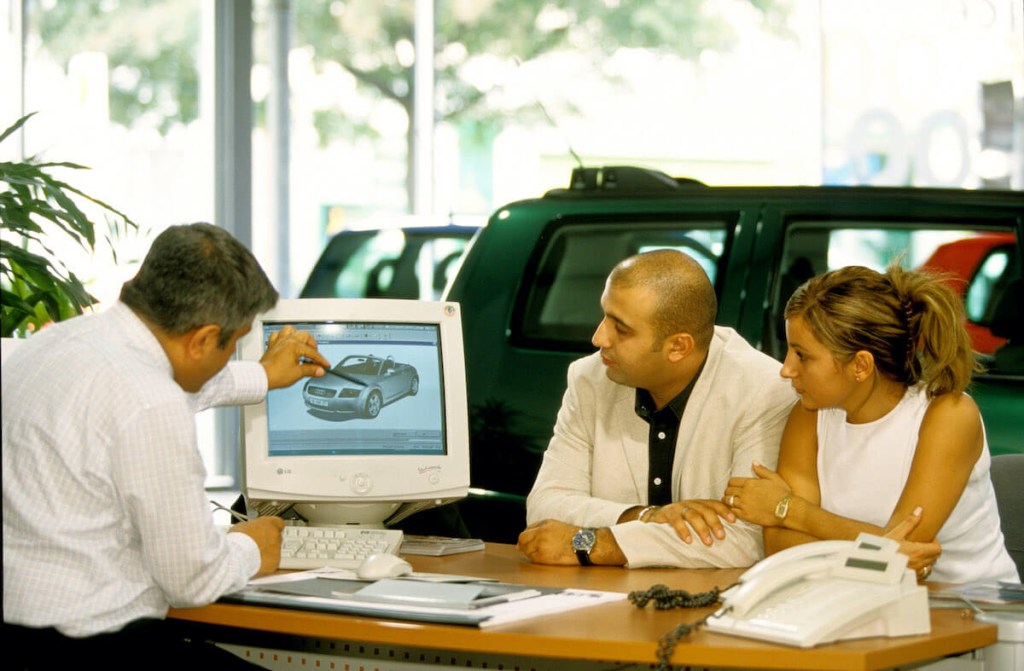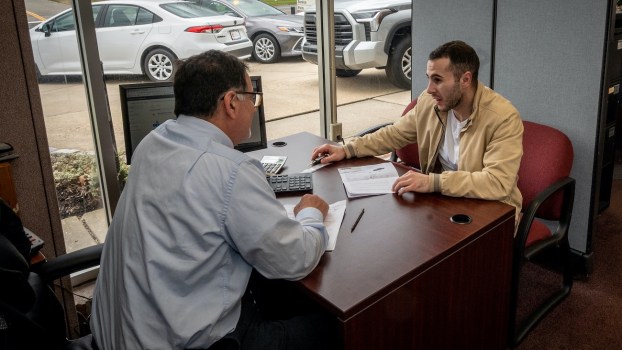
Being a ‘Car Expert’ Doesn’t Mean Everyone Will Listen to Your Car Buying Tips
Being an automotive journalist is undoubtedly one of the most fun jobs anyone can have. I get to drive new cars every week, write car reviews, and nerd out about anything car-related with friends, family members, and total strangers.
However, the only downside is that whenever anyone discovers what I do for a living, they automatically think I’m an encyclopedia of all things automotive. Aside from the occasional question about technical stuff like, “Hey, my car is making this weird noise; what do you think it is?” I also get many questions about car buying tips.
Fortunately, I sold cars for four years, so I have considerable knowledge of the car-buying process, in addition to many of the products, given what I do now. Unfortunately, not many people I give car buying tips to actually listen to them.
Check out these real-life conversations that I have had in the past:
A conversation with a friend who bought a Scion xB back in 2011

“Hey, bro. What do you think of the Scion xB?”
“It’s a good car. It has lots of space and should be pretty reliable. But there are other cars, like the Honda Element, that offer a little more practicality,” I replied.
“OK, cool. I’m literally about to buy an xB right now.”
No, my friend didn’t really care about what I thought of the xB, nor did he do his homework on it. He just wanted my opinion to feel like he was making a good choice.
If you want to ensure you’re making a good car-buying decision and don’t have a “car expert” friend to call, here are a few tips:
- Check out reviews on the vehicle that you’re interested in. I recommend MotorBiscuit, of course, as well as Kelley Blue Book, Edmunds, and Car and Driver.
- Compare the vehicle you’re interested in with those in the same class to ensure you make the right decision.
- It’s a good idea to compare the car’s pricing and options to ensure you’re getting everything you need out of the vehicle.
Obtaining someone’s second opinion on the car you’re buying is a good idea, but remember that you’re the one buying the car. At the end of the day, it’s up to you to make the right choice.
A conversation with a relative wanting an SUV but needing a minivan

“My wife and I are about to have a second kid; I’m considering buying a BMW X5.”
“Are you planning to use the X5’s capabilities and go off-roading or anything?” I asked.
“No, we just like how it looks, even though it costs $70,000.”
“Considering you’re about to have a second kid, I recommend getting a minivan. It’s lower to the ground, and the sliding doors make it easier to load car seats in and out of it,” I replied.
Can you guess what he ended up buying? Yes, you guessed right – the BMW X5. At the end of the day, it’s his money, but he would have saved a lot of it had he taken my advice. I know that minivans aren’t considered “cool,” and not everyone likes them, but they are practical and cheaper than most luxury SUVs.
If you want to know whether a three-row SUV or minivan is right for you, check out these car buying tips from U.S. News:
- Minivans are typically cheaper than most three-row SUVs, especially luxury models.
- Minivans are just as safe as most three-row SUVs.
- Minivans provide just as much comfort and more interior space than most SUVs. They also have more comfortable and usable third rows.
- You may be able to get a better lease deal on a minivan.
This isn’t an argument on why everyone should buy a minivan over an SUV. But it shows there are alternatives to buying an SUV, especially if you never plan on using it for its intended utilitarian purpose, like heavy towing or hauling cargo.
A conversation with a customer about buying a front-drive Honda Pilot versus an AWD one

“Do you have any all-wheel drive Honda Pilots in stock?” he asked.
“No, I don’t. I have a few front-drive models in stock. Do you want to check one of them out?” I replied.
“No, I need all-wheel drive because I take my family up to Lake Tahoe in the winter,” he said.
“How often do you make the trip up to Tahoe?”
“Well, maybe once a year,” he replied.
“I wouldn’t recommend spending the extra $2,000 on AWD then, considering you technically don’t need it,” I told him.
Can you guess what he did? No, he didn’t buy a FWD Honda Pilot and save money. Instead, he chose to wait for an all-wheel drive model despite me trying to reason with him. (I was also trying to sell the cars we had in stock then.)
The point here is that not only could the customer have saved money by buying an in-stock, front-drive model, but he could have just rented a car for the Tahoe vacation or used tire chains. Especially since he only goes up to Tahoe once a year.
If you’re unsure whether or not you need an all-wheel drivetrain on the SUV you’re interested in, check out why “You Don’t Always Need AWD or 4WD for Driving in the Snow.” These car buying tips could save you money in the long run.
A conversation with a friend about buying a Kia Sorento

A friend called me out of the blue, asking for car buying tips, and said:
“Hey, bro, I’m going to text you a picture; let me know what you think,” he says
(Texts a picture of a finance contract for a 2021 Kia Sorento)
“The numbers for the car look good, but you don’t need all this other extra stuff. It looks like they’re trying to tack on a wheel and tire package, a fancy car wax job, and a windshield protection package into the deal. You don’t really need those, but I would keep the GAP insurance in there since you’re financing the car. But make sure to negotiate that price a little,” I replied.
“OK, cool. Thanks!”
Can you guess what he did? He took out a few of the extra products but didn’t negotiate the GAP insurance cost. Of course, I understand that the finance manager he was dealing with possibly didn’t want to budge, but he could have saved a little more money had he pressed on.
In this scenario, my friend did heed my car-buying advice but probably could have done better. At least someone actually listened to my tips that time.
Regardless, if you buy a new car, we suggest paying for GAP insurance at the time of purchase unless you have a sizeable down payment. In a total loss situation, the GAP insurance will cover the difference between the amount you still owe on the car and the amount the insurance pays you.
For example, if you buy a Kia Sorento for $50,000 and get into an accident, your insurance company may only pay you $40,000 to reflect the car’s value at the time. The GAP insurance will cover the $10,000 difference, so you don’t have to pay out of pocket for it.
The biggest lesson I have learned from giving car buying tips
Ultimately, no one really wants your car buying tips; they mainly want validation. When you’re the resident “car expert,” people look at you like you know everything but don’t want to listen to what you think.
I chalk it up to human nature. But the main takeaway here is that if you’re the car expert in your social circle, have patience with those who come to you for advice – even if they don’t listen to it.





